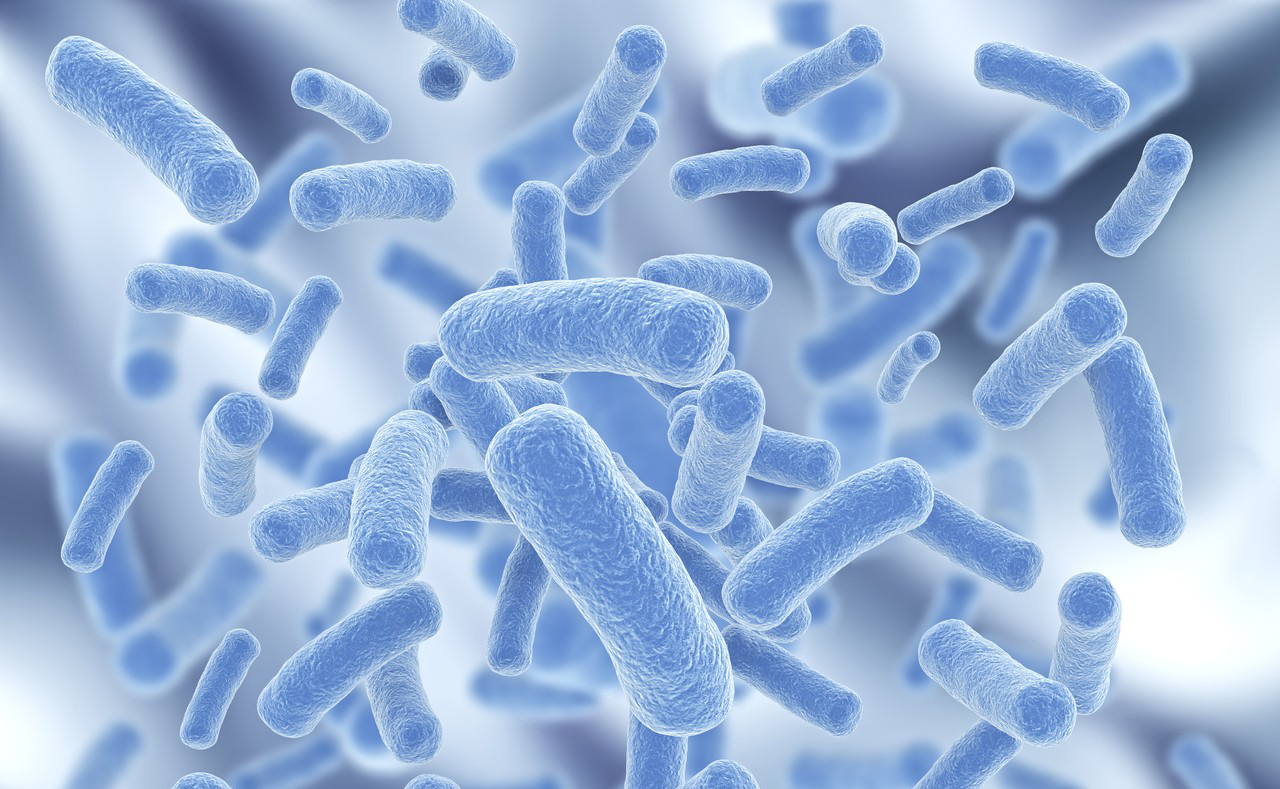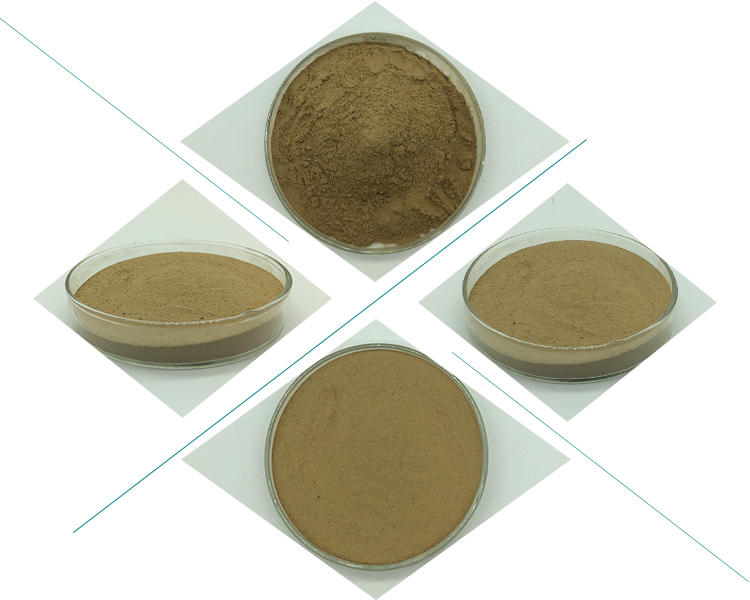Bacillus subtilis is a Gram-positive, rod-shaped bacterium that is commonly found in soil. It is known for its ability to form endospores, which are resistant to harsh environmental conditions. The basic composition of Bacillus subtilis includes:
1.Cell Wall:
Bacillus subtilis has a thick, peptidoglycan-rich cell wall. The peptidoglycan layer provides structural support and rigidity to the bacterial cell.
2.Cell Membrane:
The cell membrane of Bacillus subtilis is a lipid bilayer that encloses the cytoplasm. It regulates the passage of nutrients and waste products in and out of the cell.
3.Cytoplasm:
The cytoplasm is a gel-like substance containing various cellular structures, enzymes, and the bacterial genome. It is where many cellular processes take place.
4.Nucleoid:
Bacillus subtilis, like other bacteria, lacks a true membrane-bound nucleus. Instead, it has a nucleoid, a region within the cytoplasm where the chromosomal DNA is located.
5.Endospores:
Bacillus subtilis is capable of forming endospores, which are highly resistant structures that allow the bacterium to survive adverse environmental conditions, such as heat, desiccation, and chemical exposure.

6.Ribosomes:
Ribosomes are responsible for protein synthesis. Bacillus subtilis contains both 70S ribosomes, which consist of 50S and 30S subunits.
7.Flagella (optional):
Some strains of Bacillus subtilis may possess flagella, which are whip-like appendages that enable bacterial motility.
8.Plasmids (optional):
Bacillus subtilis may carry plasmids, small, circular DNA molecules separate from the chromosomal DNA. Plasmids often contain genes that confer specific traits, such as antibiotic resistance.
It’s important to note that the specific composition of Bacillus subtilis can vary among different strains and under different growth conditions. Additionally, advances in research may provide more detailed insights into its cellular components and functions.
Efficacy and effect of Bacillus Subtilis
Bacillus subtilis is a Gram-positive, rod-shaped bacterium that is commonly found in soil. It has been extensively studied for its various applications in agriculture, industry, and medicine. Here are some key aspects of the efficacy and effects of Bacillus subtilis:
1.Probiotic and Gut Health:
Efficacy: Bacillus subtilis is often used as a probiotic, promoting the balance of gut microbiota. It has been shown to enhance the growth of beneficial bacteria in the gut and inhibit the growth of harmful pathogens.
Effects: Improved gut health can lead to better nutrient absorption, strengthened immune function, and a reduction in gastrointestinal issues.
2.Agricultural Applications:
Efficacy: Bacillus subtilis is used as a biocontrol agent in agriculture. It produces antibiotics and enzymes that inhibit the growth of plant pathogens, providing a natural and sustainable approach to pest and disease management.
Effects: Increased crop yield, improved plant health, and reduced dependence on chemical pesticides.
3.Industrial Uses:
Efficacy: Bacillus subtilis is employed in various industrial processes, including the production of enzymes (such as amylases and proteases) and the bioconversion of organic waste.
Effects: Enhanced efficiency in industrial processes, reduced environmental impact, and sustainable waste management.
4.Medicine and Pharmaceuticals:
Efficacy: Bacillus subtilis has been studied for its potential therapeutic effects, including antimicrobial properties and the production of antimicrobial peptides.
Effects: Potential applications in the development of novel antibiotics, wound healing, and as a component of probiotic formulations for human health.

5.Bioremediation:
Efficacy: Bacillus subtilis plays a role in bioremediation by contributing to the degradation of organic pollutants in soil and water.
Effects: Reduction of environmental pollution and cleanup of contaminated sites.
6.Fermentation:
Efficacy: Bacillus subtilis is used in the fermentation process for the production of various products, such as enzymes, antibiotics, and amino acids.
Effects: Increased efficiency and yield in fermentation-based industries.
It’s important to note that the efficacy and effects of Bacillus subtilis can vary depending on the specific strain, environmental conditions, and the application context. Additionally, research in this field is ongoing, and new findings may continue to broaden our understanding of its potential uses.
